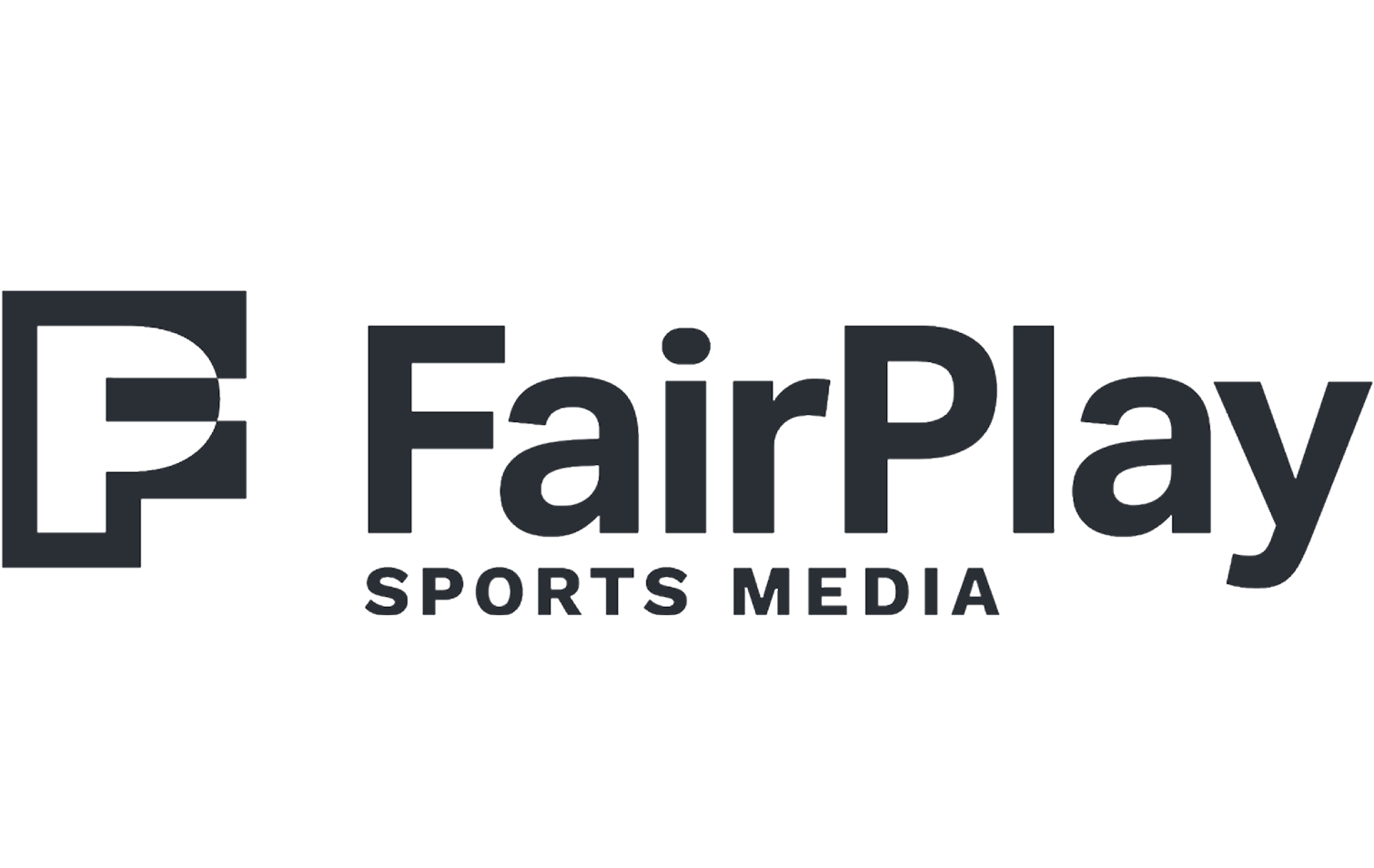Helping leaders gain momentum
Discover how we help companies overcome challenges and accelerate their businesses with compliant, safe and technologically-robust solutions.
.png)
Helping Caily make family caregiving simpler, safer, and more collaborative
We built a product where elderly users feel included, data stays secure, and families coordinate smoothly. Beyond features, Caily needed dignity-protecting permissions, real-time sync, and a foundation for B2B scale.
Success stories
.png)
Helping Caily make family caregiving simpler, safer, and more collaborative
We built a product where elderly users feel included, data stays secure, and families coordinate smoothly. Beyond features, Caily needed dignity-protecting permissions, real-time sync, and a foundation for B2B scale.
.avif)
Fewer forms, happier patients: How Villa Medica leveraged AI to boost patient outcomes
Learn how Villa Medica leveraged Momentum’s AI solution to cut admin workload, save clinicians valuable time, and significantly improve patient satisfaction.
.png)
From individual plans to national cannabis coverage: Bennabis Health’s growth story
Momentum helped Bennabis Health launch employer cannabis plans by enabling group workflows, stabilizing infrastructure, and building for long-term scale.
.avif)
AI-driven pain relief: A drug-free postoperative recovery solution built with Momentum
Momentum created a mobile platform integrating IoT and AI to deliver personalized electrotherapy for postoperative patients, reducing pain without medication.
.avif)
Never miss a pill: How Egis and Momentum simplified medication management
Momentum developed Egis's Czas na Lek app, helping users organize, track, and adhere to medication schedules, ensuring they never miss a dose.
.png)
Cutting emergency care wait times with real-time clinical coordination
Momentum partnered with a clinical technology provider to streamline emergency workflows—from dispatch to bedside—cutting delays and improving outcomes.
.png)
Fewer no-shows: Automated reminders improving patient attendance for Villa Medica
Momentum’s automated reminders drastically reduced Villa Medica’s patient no-shows, improving attendance rates, operational efficiency, and clinic revenue.
.svg)
.svg)

.png)

.svg)




.svg)
.svg)

.png)

.svg)




Honored for innovation
Momentum’s dedication to excellence in digital health innovation has earned us recognition on a global scale

Financial Times’ FT 1000
Recognized for rapid growth and outstanding innovation in the tech industry.

Deloitte Technology Fast 50
CE Laureate in 2019, 2020, and 2021 for being one of the fastest-growing technology companies in Central Europe.











.avif)
.png)
